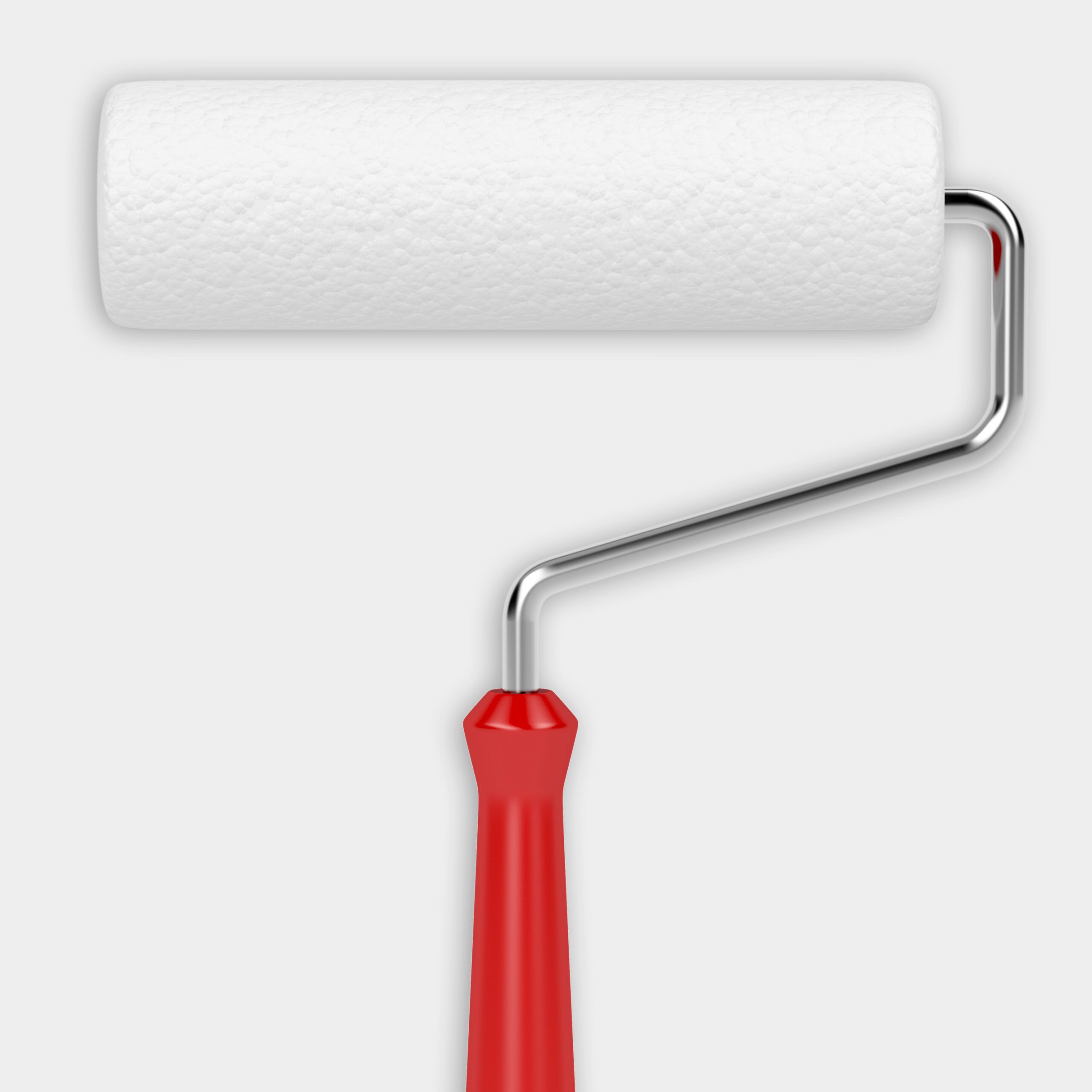Concrete brick, while durable, can be susceptible to water damage over time. This porous material absorbs moisture, leading to deterioration and discoloration. Fortunately, waterproofing concrete brick is a straightforward process that can extend its lifespan and maintain its appearance. Let’s dive into everything you need to know.
Understanding Concrete Brick
Concrete brick is a popular building material due to its affordability and versatility. Its application ranges from residential and commercial construction to landscaping projects. However, its porous nature makes it vulnerable to water infiltration, which can lead to various issues over time and affect the brick’s appearance and strength.
Composition and Properties
Concrete brick is made from a mixture of cement, sand, and water that’s formed into brick-shaped molds and allowed to cure. Unlike traditional clay bricks, which are fired in kilns, concrete bricks are air-cured. This process results in a more porous structure, making them more susceptible to water absorption. The choice of materials and curing method gives concrete bricks their unique properties, such as varied textures and colors.
Common Issues with Concrete Brick
The main problem with concrete brick is its tendency to absorb water. This absorption can lead to the following issues:
- Discoloration: Absorbed pollutants and organic matter can stain the brick over time.
- Efflorescence: White, powdery deposits form on the surface as water evaporates and leaves behind mineral salts.
- Freeze-thaw damage: Water expands when it freezes, causing cracks and spalling in the brick.
- Structural weakening: Prolonged water exposure can compromise the brick’s integrity.
While these issues may seem daunting, they’re preventable with proper treatment and maintenance.
The Importance of Waterproofing
By creating a water-repellent barrier on your concrete brick, you can prevent many of the issues associated with water absorption.
Benefits of Waterproofing
Here are a few advantages of waterproofing your concrete brick:
- Enhanced insulation: Dry bricks provide better thermal insulation than water-saturated ones.
- Improved appearance: It prevents discoloration and efflorescence, maintaining the brick’s original look.
- Increased longevity: Protecting the brick from water damage extends its lifespan.
- Mold prevention: Limiting moisture absorption helps prevent mold growth.
- Reduced maintenance: Waterproofed bricks require less frequent cleaning and repairs.
Waterproofing Process
Waterproofing concrete brick is a simple process that can be completed in just a few steps.
Materials Needed
To waterproof concrete brick, you’ll need the following materials:
- Bucket
- Drop cloths or plastic sheeting
- Paint roller or garden sprayer
- Protective gear (gloves, safety glasses, and a respirator)
- Waterproofing agent (siloxane-based water repellent recommended)
Preparation
Follow these steps to prepare for waterproofing:
- Allow the surface to dry completely (at least 24 hours after cleaning or rain).
- Clean the brick surface, removing any dirt, debris, or efflorescence.
- Cover nearby plants and surfaces with drop cloths or plastic sheeting.
- Repair any cracks or damaged mortar joints.
Make sure to work somewhere with proper ventilation.
Application Process
Follow these steps to apply the waterproofing agent:
- Pour the waterproofing agent into a bucket or a garden sprayer.
- Starting at the bottom of the wall, apply the agent generously to the brick surface. Work in small sections to achieve even coverage.
- Allow the first coat to absorb for about 5 minutes.
- While the surface is still damp from the first application, apply a second coat for deeper penetration.
- Continue this process until the entire surface is fully covered, allowing each section to absorb before moving on.
Curing Time
Proper curing time is essential for full protection. Allow the treated surface to dry for at least 24 hours before exposure to rain. Avoid washing or applying any coatings to the surface during this curing period. Full curing typically takes about 14 days.
Maintenance and Reapplication of Waterproofing
While waterproofing provides long-lasting protection, it’s not a permanent solution. Regular maintenance and occasional reapplication are necessary for continued effectiveness.
Inspection and Cleaning
Perform these maintenance tasks to keep your concrete bricks in optimal condition:
- Clean the surface gently with a soft brush and mild detergent as needed.
- Inspect the brick surface annually for signs of wear or damage.
- Remove any new efflorescence promptly.
Regular inspections help identify potential problems early, making them easier to address.
When to Reapply
The frequency of reapplication depends on several factors, such as these:
- Climate conditions: Bricks in harsh weather climates may need frequent reapplication.
- Quality of the initial application: A thorough initial application may extend the time between reapplications.
- Sun exposure: Bricks exposed to significant sunlight may degrade faster.
Generally, reapply the waterproofing agent every 5–10 years or when you notice water no longer beading on the surface.
Resources
We used Siloxane 20 solvent-based water repellant, manufactured by Umaco.
Expert assistance for this segment was provided by MJM Masonry.

